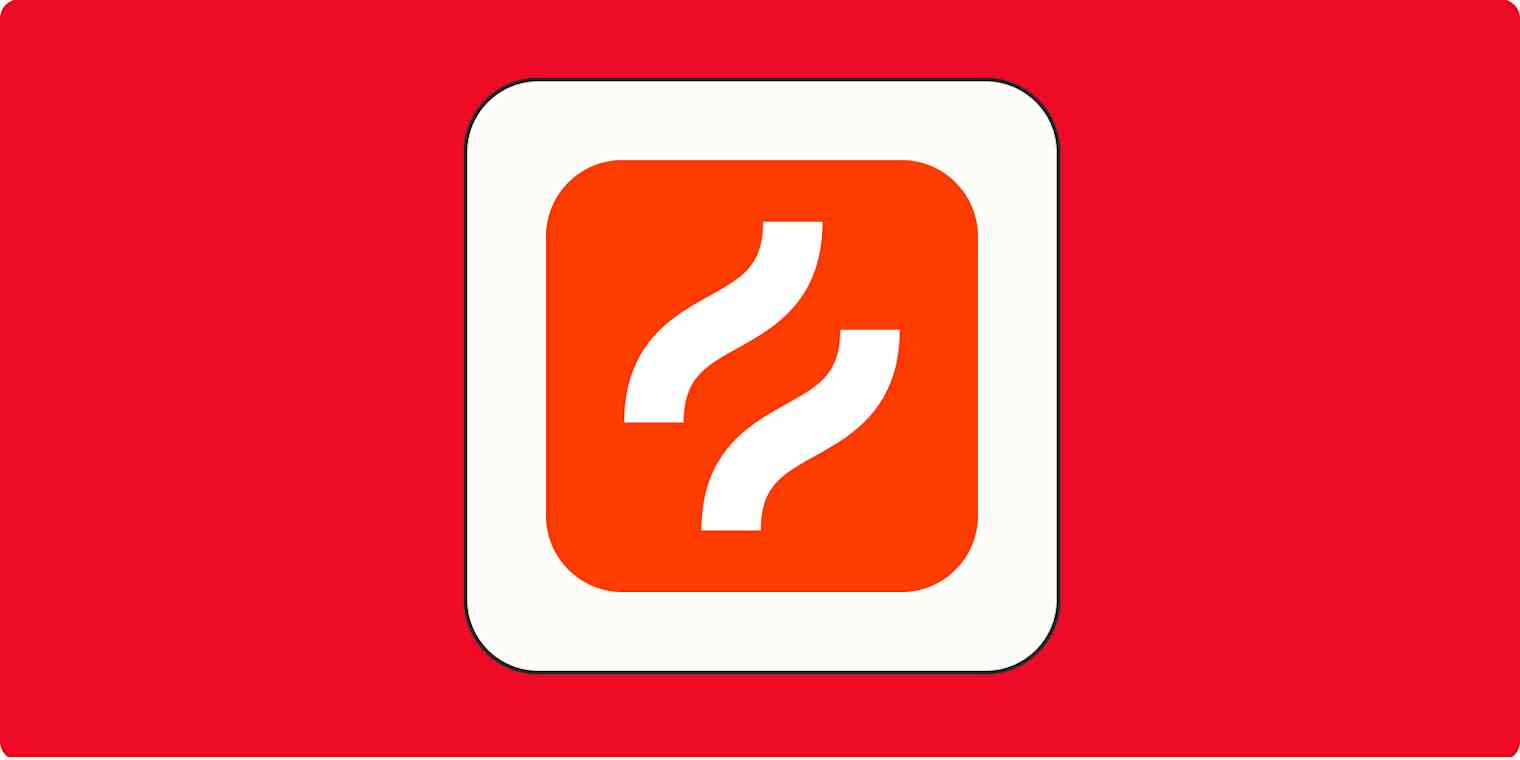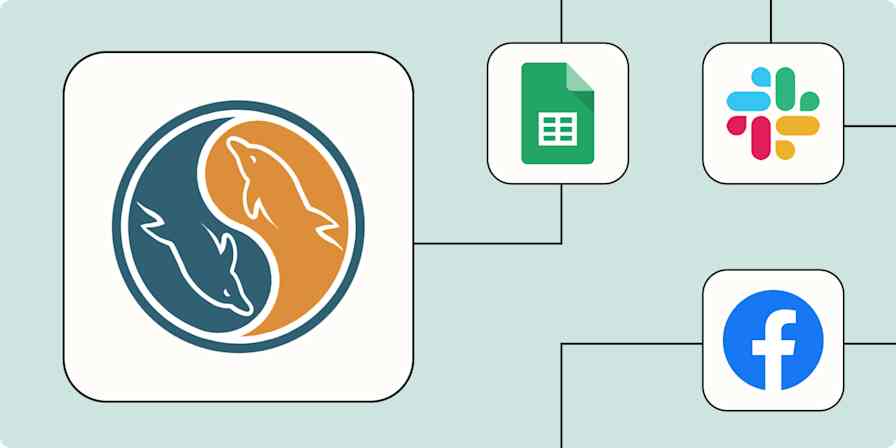App tips
7 min readWhat is Hotjar—and how do you use it?
How to use Hotjar to get more insights into your customer experience.
By Katie Paterson · January 11, 2023

Get productivity tips delivered straight to your inbox
We’ll email you 1-3 times per week—and never share your information.
tags
mentioned apps
Related articles
Improve your productivity automatically. Use Zapier to get your apps working together.






